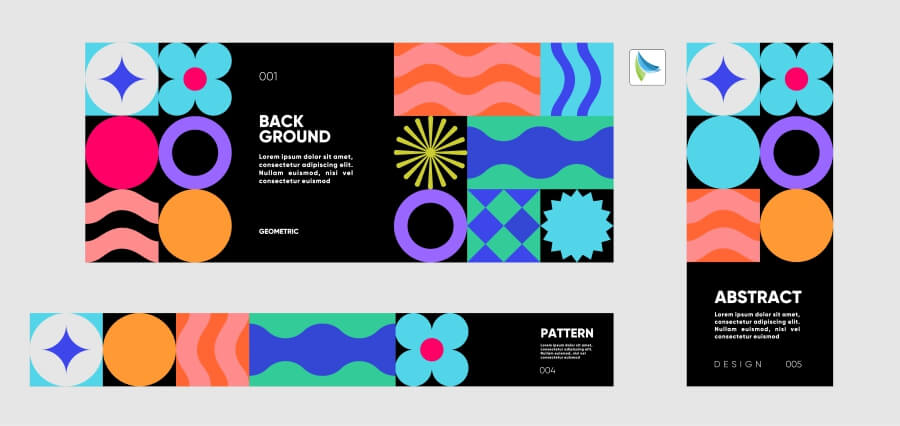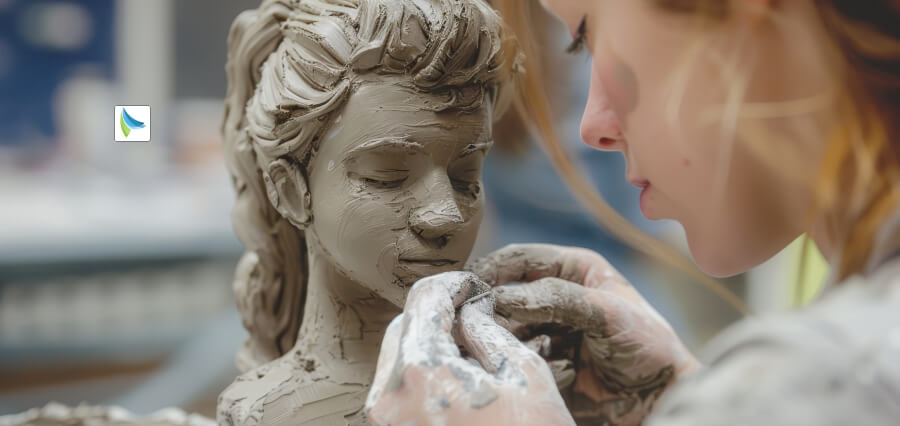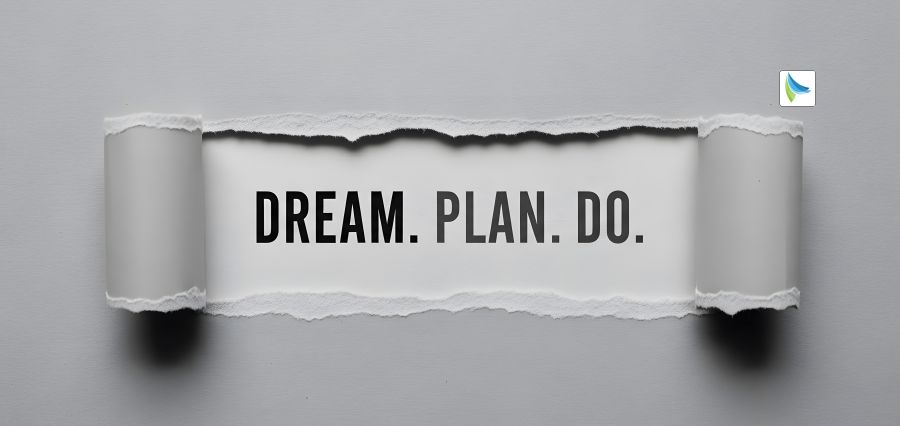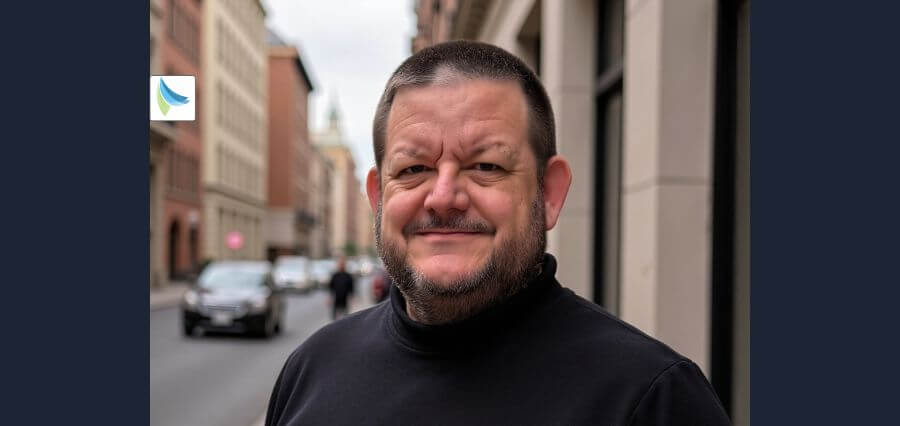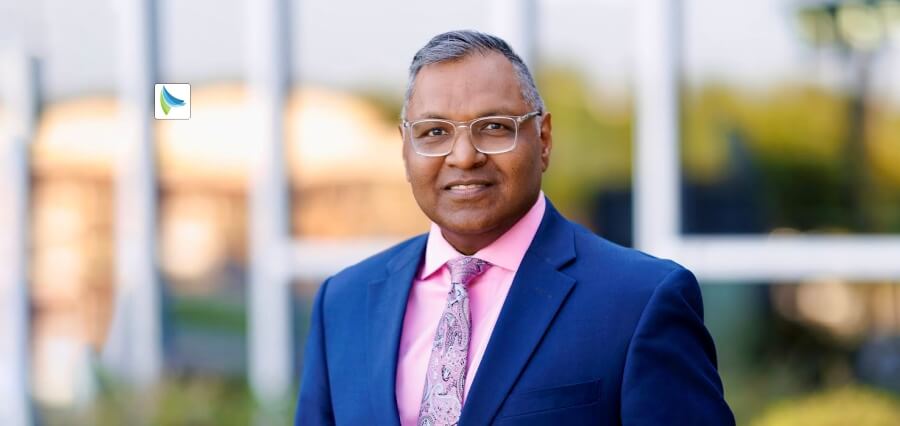In today’s ever-evolving world of art, the presence of a multidisciplinary sculptor is a power of change shaking old traditions and redefining how we experience art. Within their varied art toolbox of media, installation art is one of the most captivating, provocative, and possibly most affecting mediums. So, what does installation art benefit from multidisciplinary sculptors that makes their work stand out from the rest?
Let us consider now the multidisciplinary nature of this meeting and how cross-disciplinary philosophies and expertise build installations that challenge the human mind and awaken the soul.
Knowing the Multidisciplinary Sculptor
The multidisciplinary sculptor isn’t bound to process or medium. He/she borrows skills from a field as broad as technology and architecture. Occupying a space where he/she can move across multiple disciplines readies him/her to see beyond the surface of one material or idea. He/she are actually visual storytellers who use space and form not just to create objects, but to create experiences.
Whereas more conventionally trained sculptors might specialize in a single, focused medium such as clay, metal, or wood, multidisciplinary artists see all media as co-conspirators. Their methodology is one of intentional experimentation, and this imbues a richness to dialogue between alienated media and intellectual paradigms that give rise to them.
Installation Art: A Medium Made for Collaboration
Installation art is a totally immersive medium. It is the creation of objects located within a spatial context that the viewer is encouraged to enter and move around and through physically. Installation art has a tendency to call forth a sensory response—visual, tactile, auditory, or emotional—and encourages the viewer to become an interactive co-participant in the art rather than an unengaged spectator.
This is the perfect medium for the ethos of a multidisciplinary sculptor, for then they can utilize it to create environments that are made up of soundscapes, projections, kinetic art, or even augmented reality. A space can be filled with light installations that respond to movement or an outdoor giant structure that uses wind currents; in this type of installation art, there is no stillness.
Beyond Form: Concept, Context, and Experience
To a multidisciplinary artist/sculptor, building an installation is not so much about building a well-designed space. It’s communicating in space and bringing the public into a journey or story.
Context is also most important in their practice. Site-specific installation can be responded to the history of the location, socio-political context, or environmental concerns. An example is that a sculptor can transform a vacant warehouse into a living installation composed of recycled material, local voice sound, and sun rising and setting light effects. This way, the work is employed as a channel for conversation, contemplation, and contact.
Because they are interesting to diverse disciplines, these artists will be more inclined to tackle projects as wholes. They may sit down with scientists, engineers, poets, or community members—installations thus enhanced and strongly evocative.
The Human Touch: Emotion, Memory, and Interaction
What makes installation art by a multidisciplinary sculptor so powerful is that it is able to evoke human feeling. Form and process are important, to be sure, but it is the emotional core that ultimately withstands the years.
The majority of these sculptors merge elements of public or private memory, fracturing cultural symbols, or public opinion. Placing familiar things in unexpected settings triggers nostalgia, unease, curiosity, or astonishment. That is what emotional superimposition builds between the spectator and the sculpture.
Moreover, interactivity is also a requirement. Installations call for movement, touch, and interaction. An artwork may react to the movement of a spectator, to his or her voice, or even beat, generating a unique and dynamic experience for each spectator. Such emphasis on participation is a portent that the sculptor seeks to break down barriers between artist and spectator.
Technology Meets Tradition
Among the greatest strengths of a multidisciplinary sculptor’s work is the unifying connection of high-tech and low-tech craftsmanship. They can use hand-carved wood alongside 3D-printed components, or blend millennia-old sewing methods with motion sensors and light mapping.
The juxtaposition of old and new, along with presenting technical proficiency, highlights thematic polarities—past and future, nature and machine, permanence and transience. It renders their installations contemporary, relevant, and attuned to the emerging idiom of art in the contemporary world.
In addition to this, technology provides new ways of interaction and narrative. Virtual reality, artificial intelligence, and interactive sound design are ways of enhancing the immersive nature of installation art. To such a multidisciplinary sculptor, these are not fads but necessary additions to the artist’s toolkit.
The Legacy of Multidisciplinary Installation
As the art world becomes more and more fascinated with cross-disciplinary creativity, the multidisciplinary sculptor stands as the figurehead to carry it all forward. The sculptor’s toil sets the boundaries of what is possible in terms of art—reshaping public space, pushing the boundaries of social convention, and introducing new ways of perceiving and experiencing the world around us.
All else is their devotion to connection. Whatever the medium, message, or methodology, a multidisciplinary sculptor’s art always strives to link the dots—amongst disciplines, amongst locations, and amongst people.
Installation art is the life itself if done by a multidisciplinary sculptor. It is smart, but emotionally stimulating in a manner that gets people breathe and live within the space. Fusing their individual set of skills, vision, and medium, they deliver fully immersive experiences beyond the gallery walls. They redefine sculpture but find again the presence of art in the world and how it affects it.
Looking into the future of modern art, we can safely say that the multidisciplinary movement is not a passing fad that will soon wither—it is a living, evolving presence that continues to cross borders of artistic potential.
Read Also: The Neuroscience Behind Artistic Consciousness Leadership




